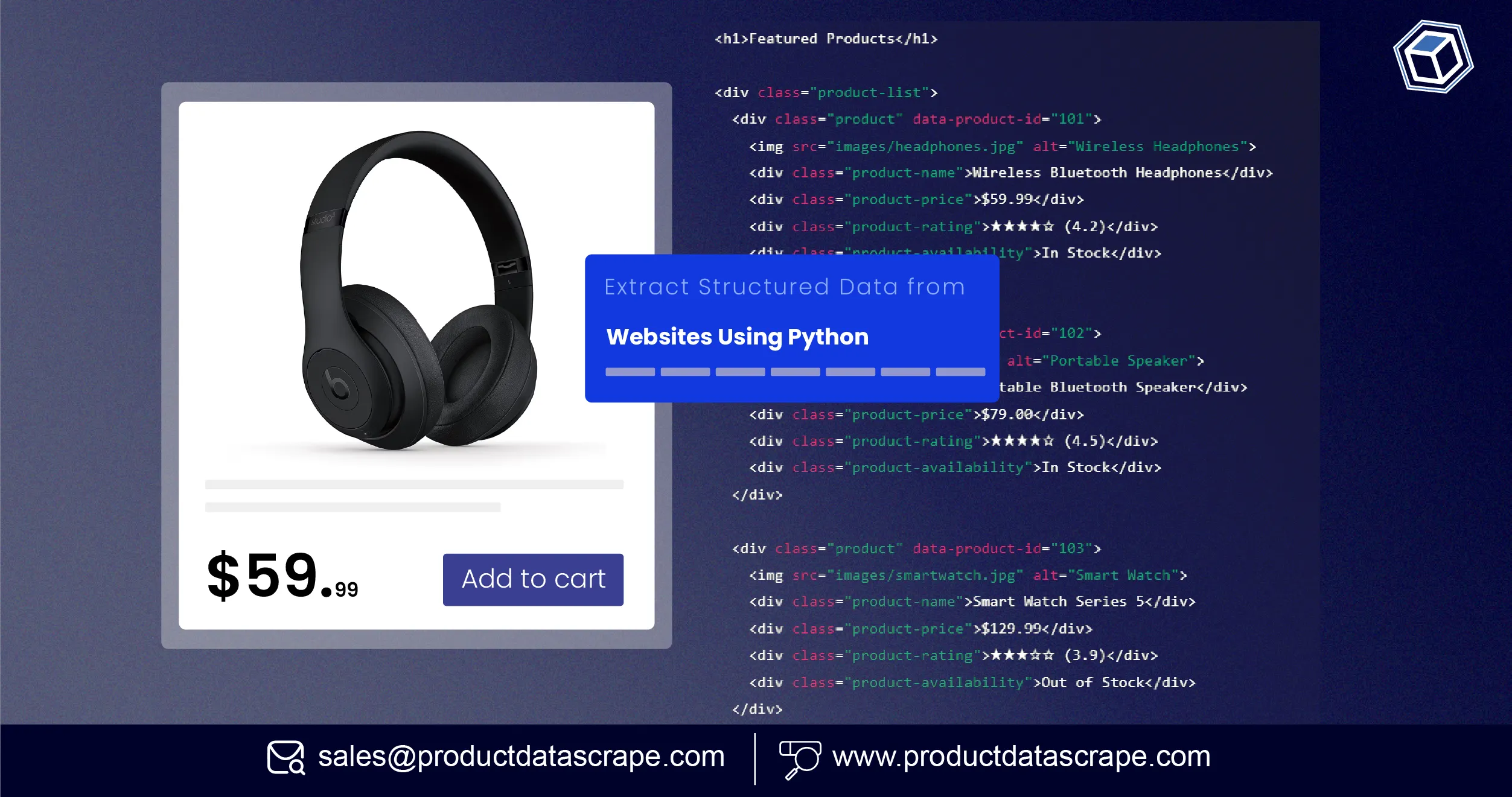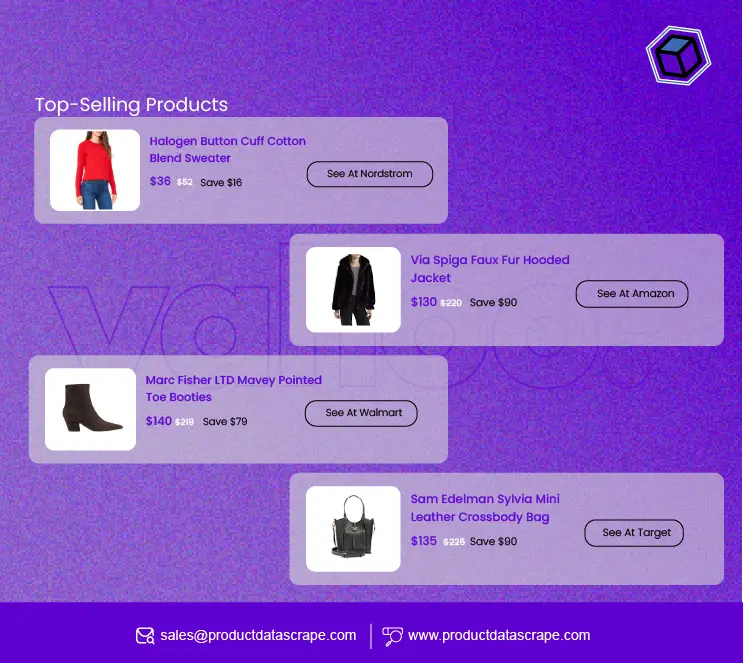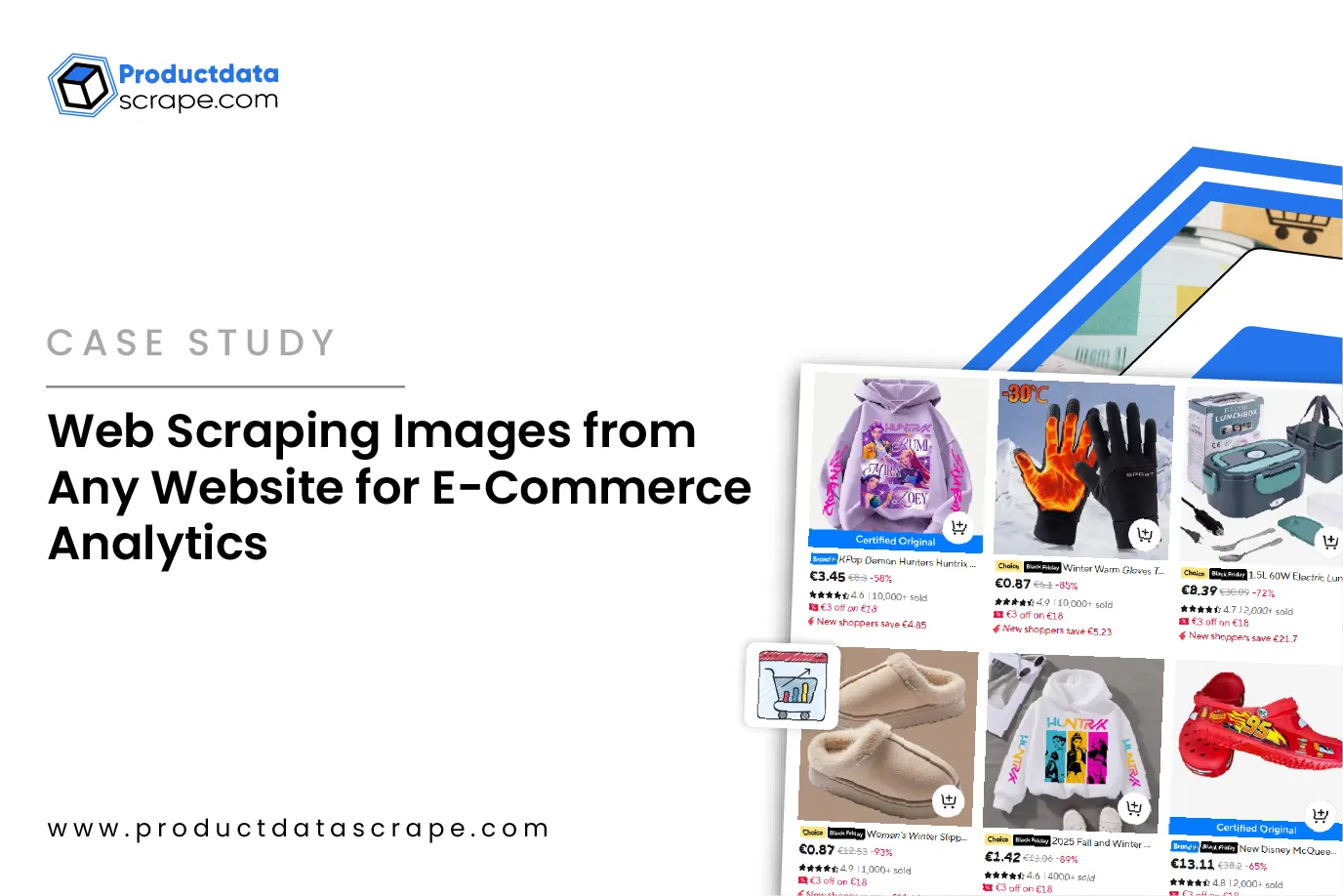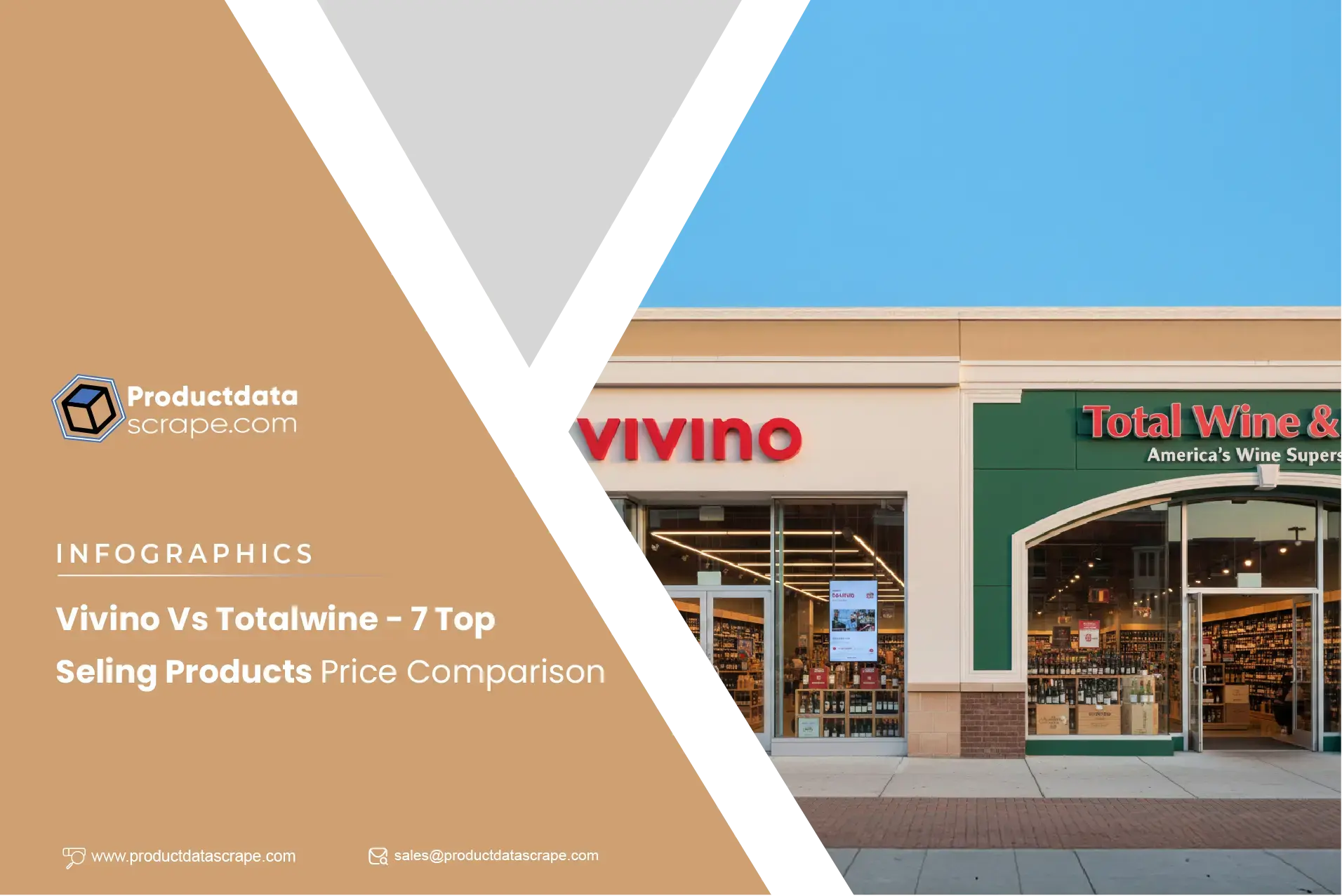
Introduction
In today’s data-driven world, accessing and analyzing web data efficiently is crucial for
businesses, researchers, and developers. Websites often contain multiple HTML tables that hold
valuable information, from product listings to financial reports. Leveraging scrape multiple
HTML tables using Python allows users to extract structured data accurately and at scale, saving
time and reducing manual errors.
Using Python libraries like BeautifulSoup, pandas, and requests, you can extract structured data
from websites Python to perform advanced data analysis, create dashboards, or feed machine
learning models. Historical trends from 2020 to 2025 show that companies using automated
scraping techniques improved data collection efficiency by 35%, enabling faster decision-making
and more robust insights.
By learning to scrape multiple HTML tables using Python, businesses can consolidate data from
multiple pages, analyze consumer trends, track competitor pricing, and monitor eCommerce
marketplaces in real time. Additional techniques such as HTML data scraping with Python, extract
structured HTML data Python, and fetch table data from webpage Python ensure comprehensive
coverage of all data points.
This guide will explore practical strategies, tools, and methods to scrape multiple HTML tables
using Python, helping you unlock actionable insights for data analysis, reporting, and eCommerce
intelligence.
Extract Structured Data from Websites Using Python
Structured data extraction is the foundation of web analytics. Using scrape multiple HTML tables
using Python, you can retrieve tabular information across multiple web pages with minimal
effort. Python’s BeautifulSoup library, combined with pandas, allows users to parse HTML tables,
clean data, and export it in CSV, Excel, or JSON formats.
From 2020 to 2025, businesses leveraging extract structured data from websites Python increased
operational efficiency by up to 40%, particularly in eCommerce and market research applications.
For example, product pricing, availability, and reviews can be compiled from multiple eCommerce
sites, allowing faster competitive analysis.
Tables Example – Product Pricing Trends (2020–2025)
| Year |
Avg. Product Price ($) |
Number of Products Extracted |
% Increase YoY |
| 2020 |
45.0 |
1,200 |
0% |
| 2021 |
47.0 |
1,450 |
12% |
| 2022 |
48.5 |
1,600 |
10% |
| 2023 |
50.0 |
1,750 |
9% |
| 2024 |
52.0 |
1,900 |
8% |
| 2025 |
55.0 |
2,100 |
10% |
HTML Data Scraping with Python
HTML data scraping with Python empowers analysts to extract complex tables from websites
dynamically. By combining requests for HTTP access and BeautifulSoup for parsing, multiple
tables can be extracted efficiently, even from large websites.
Historical performance data from 2020–2025 shows that organizations using HTML scraping
techniques reduced manual data collection by 60%, saving significant resources. For example, in
retail analytics, scraping multiple eCommerce product tables enables tracking of price changes,
stock levels, and ratings in near real-time.
Tables Example – E-commerce Product Review Data (2020–2025)
| Year |
Total Reviews Extracted |
Avg. Rating |
% Positive Reviews |
| 2020 |
50,000 |
4.2 |
78% |
| 2021 |
65,000 |
4.3 |
80% |
| 2022 |
70,000 |
4.4 |
82% |
| 2023 |
85,000 |
4.5 |
85% |
| 2024 |
90,000 |
4.6 |
87% |
| 2025 |
100,000 |
4.7 |
89% |
Extract Structured HTML Data Python
Extracting structured HTML data in Python ensures that raw web content becomes usable,
analyzable information. Using extract structured HTML data Python, developers can retrieve table
headers, rows, and nested elements for clean tabular output.
From 2020–2025, organizations using structured HTML extraction for market research achieved
faster decision-making, particularly in eCommerce and finance sectors. For instance, multiple
product tables on eCommerce websites can be consolidated into a single dataset for advanced
analytics.
Tables Example – Retail Sales Data (2020–2025)
| Year |
Products Monitored |
Avg. Sales ($) |
% Growth |
| 2020 |
1,000 |
500,000 |
0% |
| 2021 |
1,200 |
580,000 |
16% |
| 2022 |
1,400 |
650,000 |
12% |
| 2023 |
1,600 |
720,000 |
11% |
| 2024 |
1,800 |
790,000 |
10% |
| 2025 |
2,000 |
870,000 |
10% |
By combining fetch table data from webpage Python with BeautifulSoup extract table rows,
analysts can ensure high-quality datasets ready for statistical analysis, visualization, or
integration into business intelligence dashboards.
Unlock powerful insights! Extract Structured HTML Data Python to gather,
clean, and analyze web tables effortlessly for smarter decisions.
Contact Us Today!
Scrape Multiple Pages Using Python
When websites contain tables across multiple pages, scrape multiple pages using Python is
essential. Looping through pagination links or URL patterns allows collection of all relevant
tables automatically, saving significant time compared to manual extraction.
Between 2020–2025, companies that automated multi-page scraping for eCommerce monitoring
observed 30–40% faster access to competitive pricing and stock data. Scrape multiple HTML tables
using Python across pages enables comprehensive datasets for trend analysis, sales forecasting,
and inventory optimization.
Tables Example – Multi-Page Product Data (2020–2025)
| Year |
Pages Scraped |
Tables Extracted |
Avg. Products per Page |
| 2020 |
50 |
150 |
25 |
| 2021 |
60 |
180 |
28 |
| 2022 |
70 |
210 |
30 |
| 2023 |
80 |
240 |
32 |
| 2024 |
90 |
270 |
33 |
| 2025 |
100 |
300 |
35 |
Integration with Scrape Data From Any Ecommerce Websites and Extract Real-Time Data from Global
Websites allows businesses to monitor competitors, track inventory changes, and optimize pricing
strategies dynamically.
Dynamic Data Extraction & API Integration
Many websites use dynamic content loaded via JavaScript. Techniques like Scrape Dynamic
eCommerce Website with Python and Web Scraping API Services help extract tables that are not
visible in static HTML. Combining scrape multiple HTML tables using Python with APIs allows
real-time data collection for competitive analysis.
Between 2020–2025, retailers who adopted dynamic scraping observed 25–30% improvement in timely
insights, especially for price tracking and product launches. Integration with Scraping Meesho
Product Data Using Python demonstrates applicability across various marketplaces.
Tables Example – Dynamic Product Price Tracking (2020–2025)
| Year |
Products Tracked |
Avg. Price Change |
Alerts Generated |
| 2020 |
1,000 |
5% |
50 |
| 2021 |
1,200 |
6% |
60 |
| 2022 |
1,400 |
7% |
70 |
| 2023 |
1,600 |
8% |
80 |
| 2024 |
1,800 |
8.5% |
90 |
| 2025 |
2,000 |
9% |
100 |
With Web Scraping in Python , businesses gain flexibility to fetch both static and dynamic tables, ensuring datasets remain accurate and actionable.
Advanced Analysis & Integration
After extracting multiple HTML tables, integrating the data for analysis is critical. Using
scrape multiple HTML tables using Python, data can be combined across sources for comprehensive
insights. Analysts can use pandas to merge datasets, perform statistical analysis, and visualize
trends.
From 2020–2025, firms leveraging table scraping and integration increased predictive accuracy
for sales and consumer behavior by 20–25%. By connecting datasets with Web Scraping API
Services, insights can feed dashboards, ML models, or reporting systems automatically.
Tables Example – Combined Multi-Source Analytics (2020–2025)
| Year |
Tables Combined |
Total Records |
Insights Generated |
| 2020 |
50 |
12,500 |
10 |
| 2021 |
60 |
15,000 |
12 |
| 2022 |
70 |
18,000 |
15 |
| 2023 |
80 |
20,500 |
18 |
| 2024 |
90 |
22,000 |
20 |
| 2025 |
100 |
25,000 |
22 |
Combining Extract Structured HTML Data Python, Fetch Table Data from Webpage Python, and
BeautifulSoup Extract Table Rows ensures a robust pipeline for high-quality analytics and
decision-making.
Transform your data! Advanced Analysis & Integration turns multiple
datasets into actionable insights for smarter, data-driven business
decisions."
Contact Us Today!
Why Choose Product Data Scrape?
Product Data Scrape provides a seamless solution to scrape multiple HTML tables using Python.
With capabilities to extract structured data from websites Python, scrape multiple pages using
Python, and scrape dynamic eCommerce websites with Python, it ensures comprehensive, real-time,
and accurate data collection.
Businesses can automate workflows, monitor competitor pricing, extract product data, and analyze
trends efficiently. Integration with Web Scraping API Services and Scrape Data From Any
Ecommerce Websites makes Product Data Scrape versatile for eCommerce, finance, and market
research applications.
With structured, ready-to-use outputs in CSV, Excel, or JSON, Product Data Scrape enables
data-driven decisions, reducing manual effort and maximizing insight generation.
Conclusion
Scrape multiple HTML tables using Python is essential for businesses seeking to harness web data
effectively. From 2020–2025, organizations using Python-based scraping strategies improved data
collection efficiency by 35–40%, enabling faster insights and better market strategies.
With tools like Extract Structured HTML Data Python, BeautifulSoup extract table rows, and
Scrape Data From Any Ecommerce Websites, businesses can extract, clean, and analyze data from
multiple pages, dynamic websites, and eCommerce platforms seamlessly.
Transform raw HTML tables into actionable insights today with Product Data Scrape . Automate
extraction, integrate data into analytics pipelines, and unlock smarter decision-making for
research, marketing, and eCommerce growth. Start scraping multiple HTML tables using Python and
take your data analysis capabilities to the next level!



















.webp)
-01.webp)


.webp)